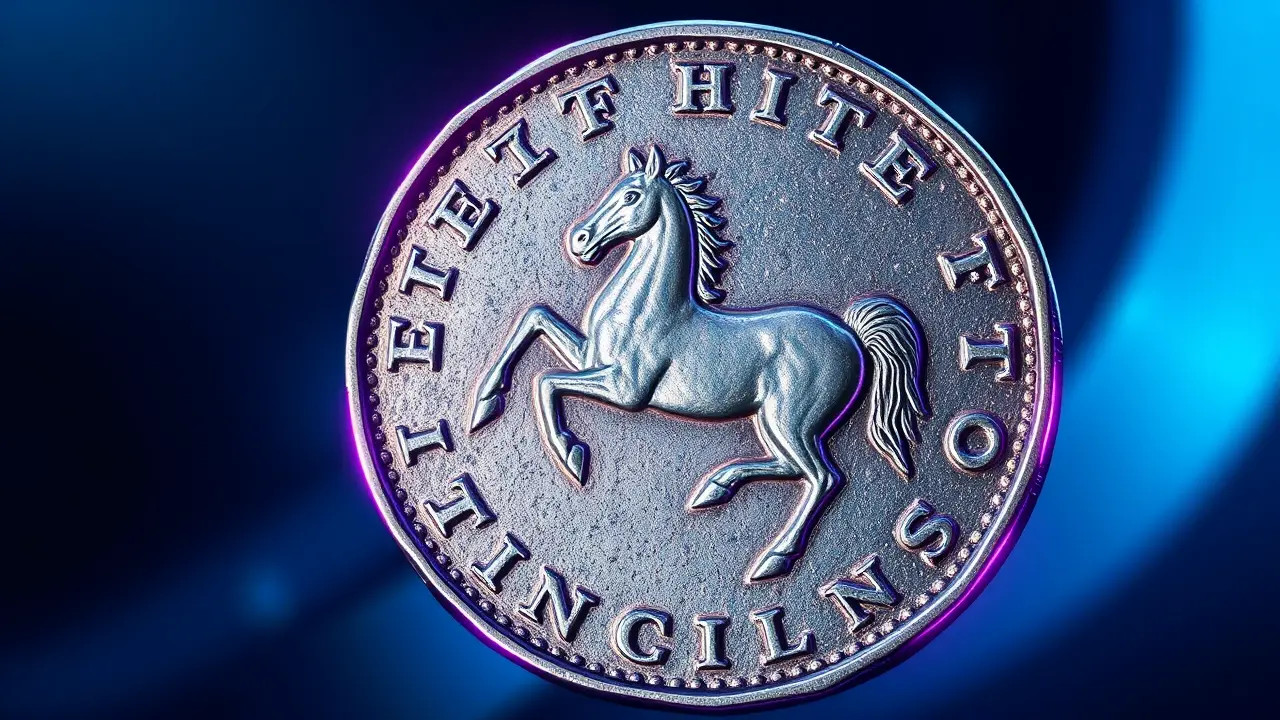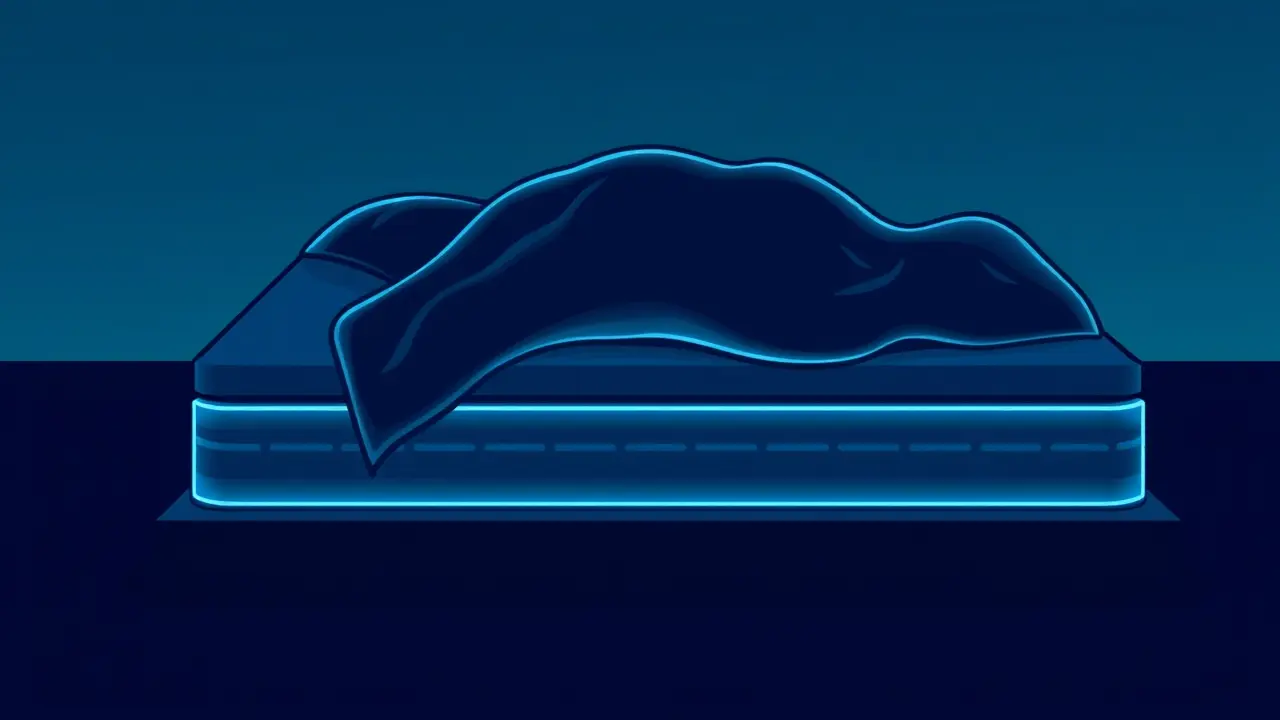
SciencearchaeologyExcavations and Discoveries
Metal detectorist discovers Saxony's oldest known coin.
TH
Thomas Green
5 days ago7 min read
In a discovery that resonates with the thrill of cosmic archaeology, a metal detectorist in Saxony has unearthed a silver coin of such profound antiquity that it fundamentally recalibrates our understanding of regional commerce and cultural exchange in pre-Roman Iron Age Europe. Weighing a mere two grams—a minuscule speck of metal with an immense historical footprint—this quinarius, minted over 2,200 years ago by the Celtic Boii tribe, has now been officially certified as the oldest coin ever found within the modern borders of the German state.The find, made not by a team of professional archaeologists with ground-penetrating radar but by a dedicated amateur scanning a field with a handheld device, underscores a powerful truth about exploration: that monumental discoveries often lie not light-years away in the cosmos, but mere inches beneath our feet, waiting for a curious mind to listen for their faint, electromagnetic whisper. The coin itself is a masterpiece of early metallurgy and cross-cultural symbolism; on one side, it features a stylized human head, an artistic motif likely influenced by Greek coinage that had filtered north through trade routes, while the reverse depicts a triumphant horse, a universal emblem of status, mobility, and power among the Celtic elites.Its presence in Saxony suggests a far more complex and extensive network of trade and interaction than previously documented for the region, hinting at a proto-globalized economy where Celtic metalwork, salt, and amber traveled along river systems, connecting the heart of continental Europe with the Mediterranean world in a vibrant exchange of goods and ideas. This single artifact is a time capsule, a tangible data point that challenges the old historical narrative of isolated Germanic tribes, pointing instead to a dynamic landscape where Celtic influence penetrated deep into what is now eastern Germany, potentially altering the political and economic dynamics of the entire region centuries before the rise of the Roman Empire.The implications are staggering for historians, akin to finding a previously unknown celestial body that alters the gravitational map of a solar system; it forces a rewrite of the textbooks on the La Tène culture's eastern reach and provides a crucial benchmark for dating other archaeological finds in the area. One can draw a compelling analogy to the modern private space industry: just as SpaceX's Starship aims to make interplanetary travel more accessible, the proliferation of affordable metal detectors has democratized terrestrial discovery, empowering a new generation of citizen scientists to contribute directly to the grand narrative of human history.This quinarius is more than just currency; it is a relic of a society on the cusp of recorded history, a silent witness to the transactions, travels, and perhaps even the wars of a people whose voices are otherwise lost to time. Its discovery by an amateur, a story as old as humanity's quest for knowledge itself, proves that the final frontier of our past is still being charted, one beep and one careful excavation at a time.
#archaeology
#metal detectorist
#ancient coin
#Saxony
#artifact
#lead focus news
Stay Informed. Act Smarter.
Get weekly highlights, major headlines, and expert insights — then put your knowledge to work in our live prediction markets.
Related News
© 2025 Outpoll Service LTD. All rights reserved.












